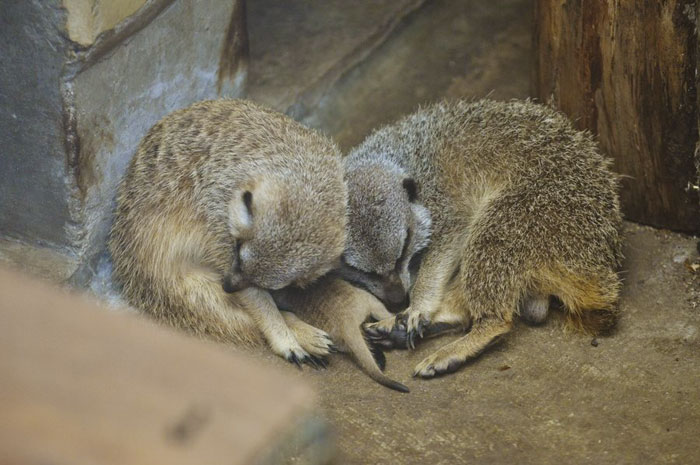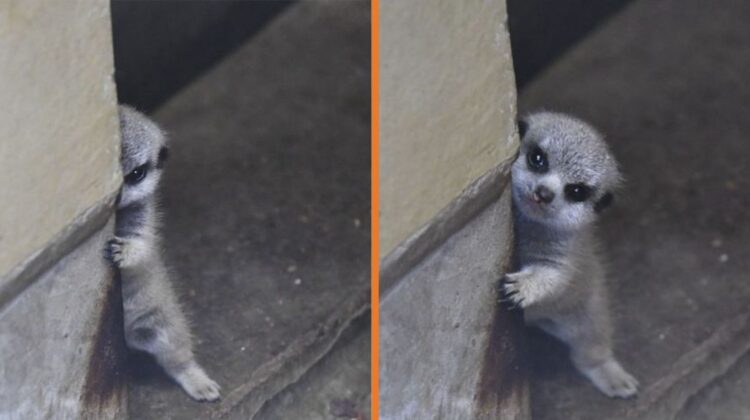
Mamekoro51, a Japanese photographer, has one of the most enjoyable hobbies one could imagine: photographing numerous species of infant animals.
The animal enthusiast came across a beautiful meerkat family with newborn puppies on a recent visit to Inokashira Natural Cultural Park in Musashino City, Tokyo, one of whom seemed a touch hesitant for the camera.
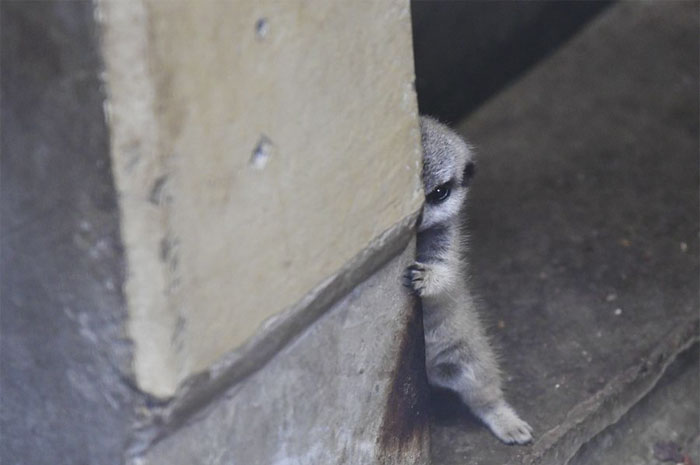
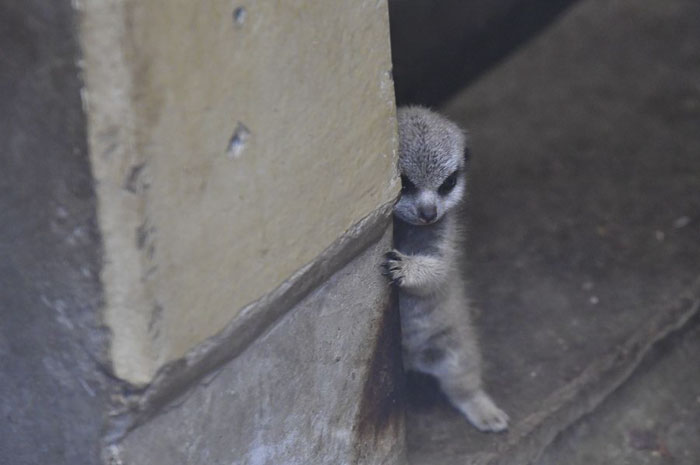
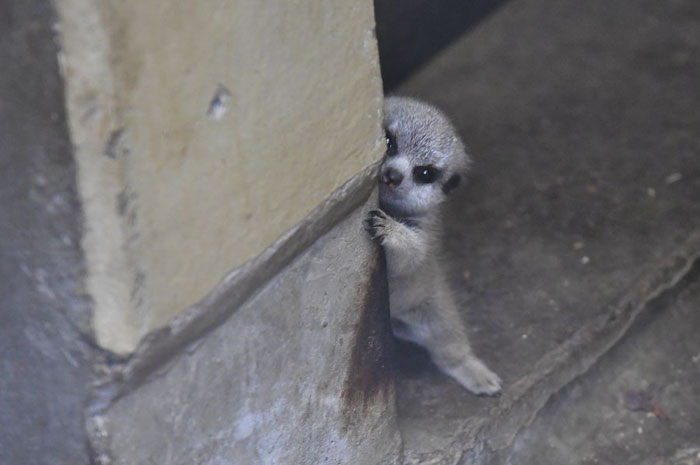
This young meerkat appeared to be terrified at first, peering warily from behind a wall. However, after a little while, it emerged from its hiding location to greet everyone, and everyone fell in love!

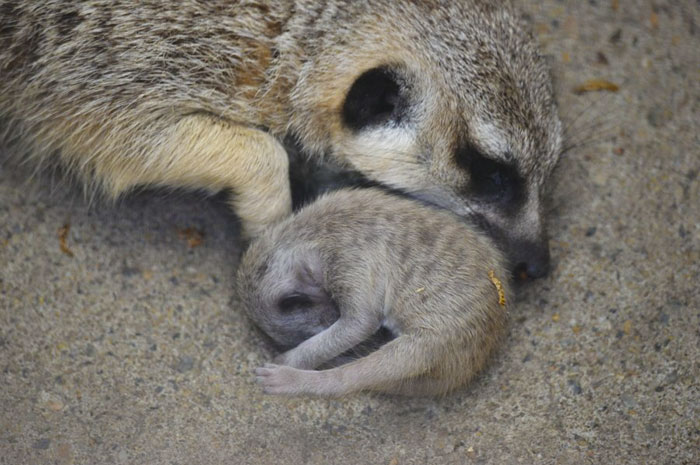
The meerkat is a small carnivoran in the mongoose family. These adorable animals live in all parts of the Kalahari Desert in Botswana, in much of the Namib Desert in Namibia and southwestern Angola, and South Africa.
Source: Wikipedia

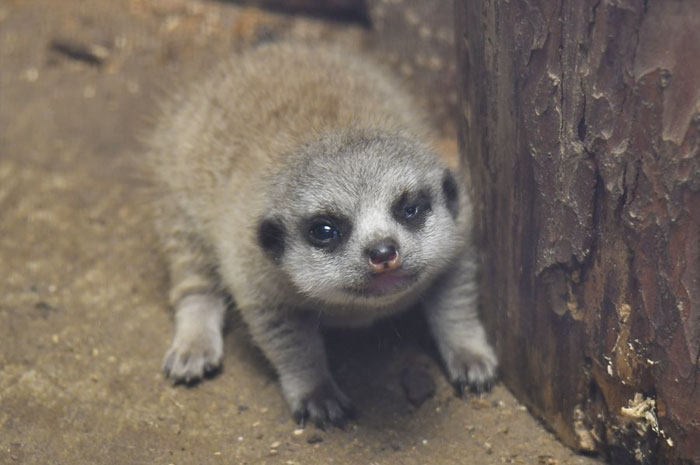
A group of meerkats is referred to as a “mob,” “gang,” or “clan.” A meerkat clan typically consists of 20 meerkats, however some super-families comprise 50 or more meerkats. These fascinating creatures have an average life span of 12–14 years in captivity, and roughly half that in the wild.
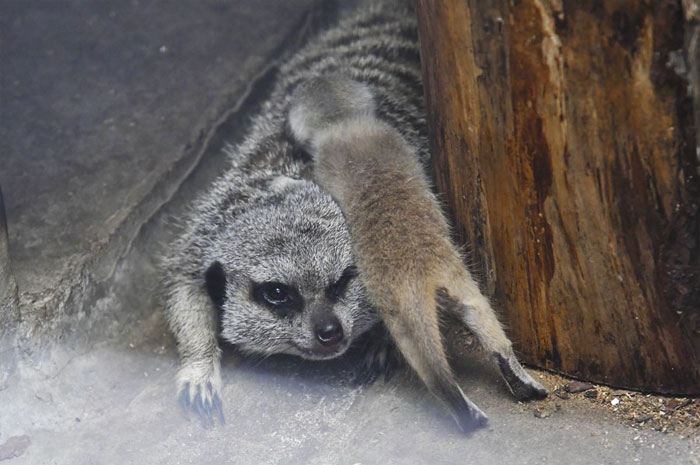
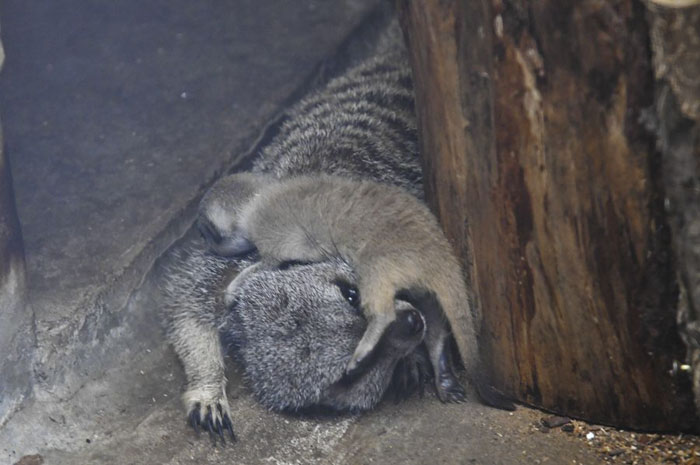
Meerkats look after the group’s young. Females that have never had their own children frequently lactate to feed the dominant pair’s young and to defend these adorable infant animals from dangers, often putting their own lives in peril.
When the babysitter receives a warning of impending danger, she takes the children underground to safety and prepares to protect them if the threat arrives.
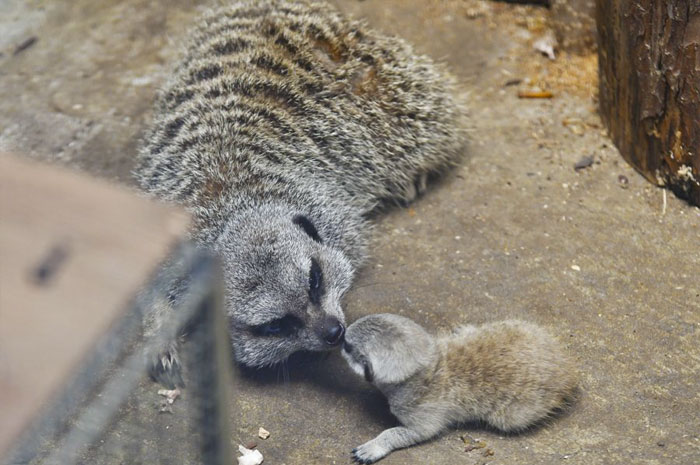
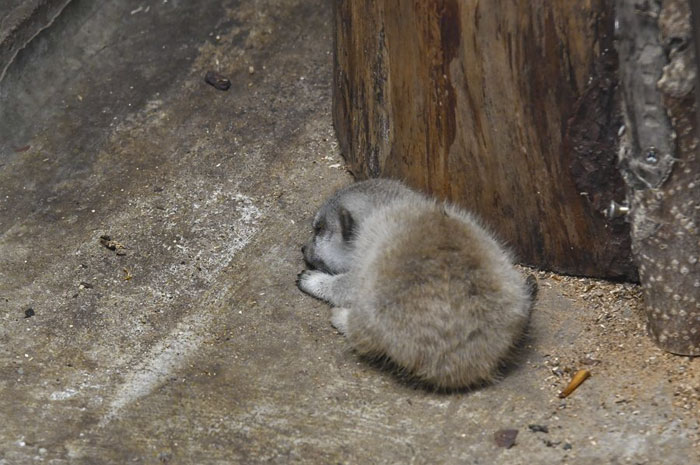
Young meerkats, like many other species, learn through seeing and emulating adult behavior, however adults also participate in active training. Adult meerkats, for example, educate their pups how to consume a toxic scorpion by removing the stinger and assisting the youngster in learning how to handle the critter.
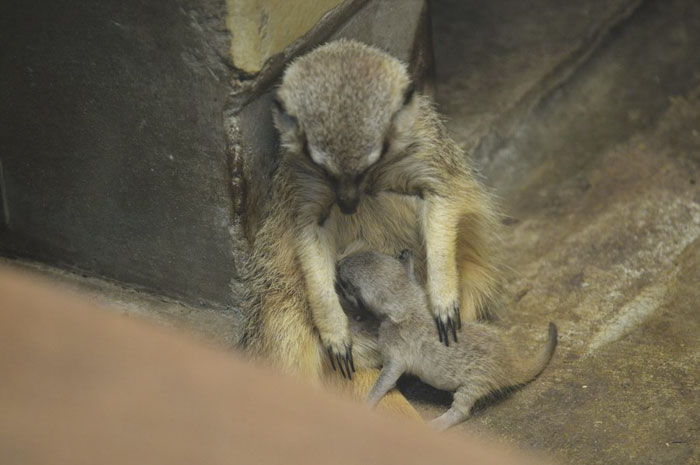
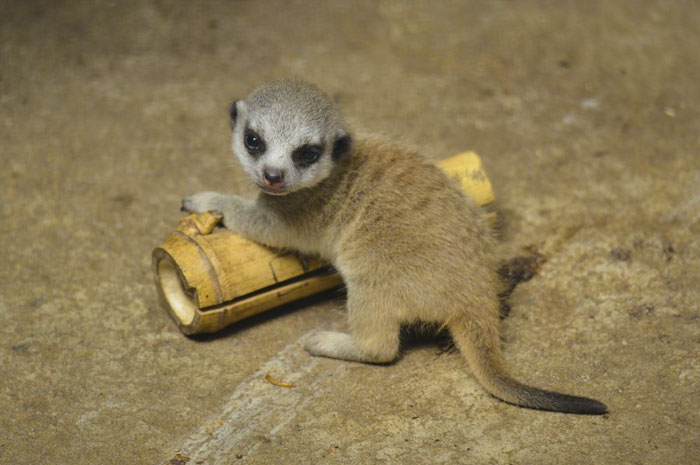
Despite their altruistic nature, meerkats occasionally kill young members of their community. Subordinate meerkats have been observed murdering the children of more senior members in order to advance the rank of their own progeny.

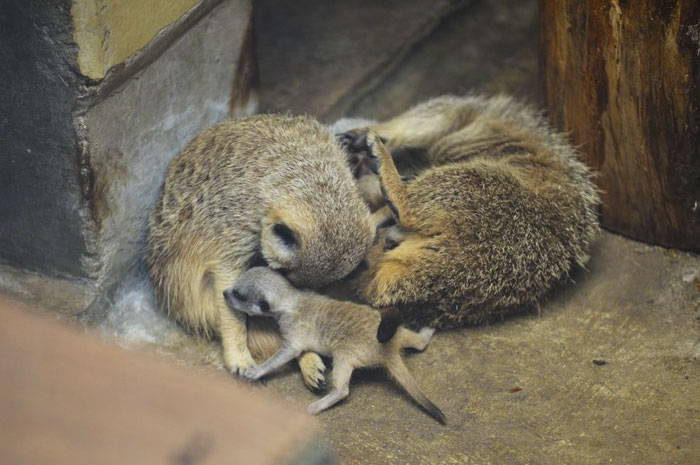
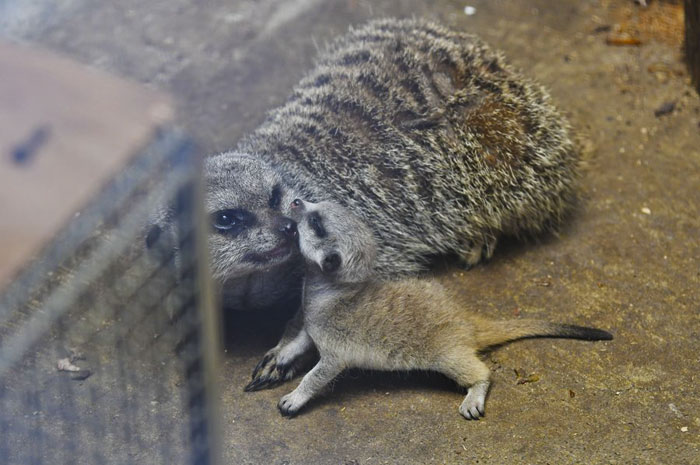
Meerkats reach sexual maturity at the age of two years and can produce one to four pups in a litter, with three puppies being the most frequent litter size. When the puppies are two to three weeks old, they are permitted to exit the burrow.
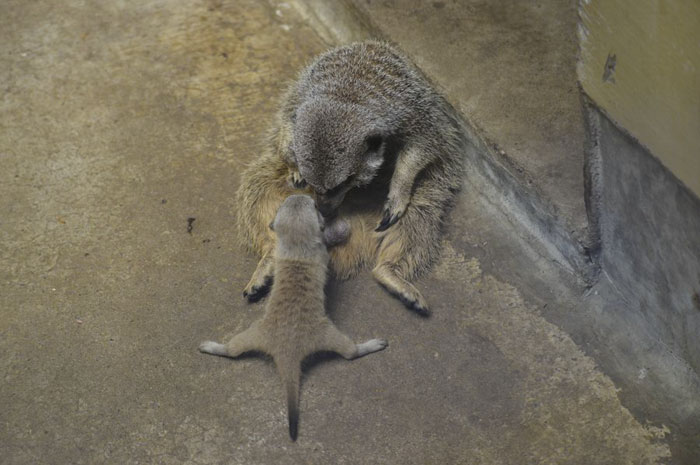
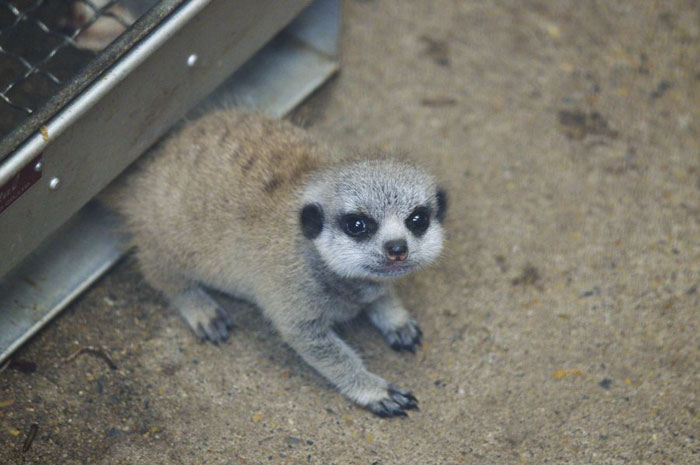
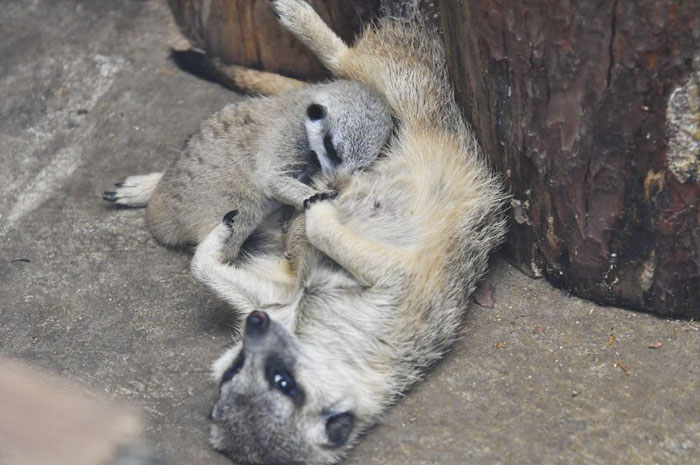
Inokashira Park Zoo is nestled in a calm and unique Tokyo neighbourhood. It displays a variety of Japanese animals and helps to conserve and produce Japanese squirrels, mandarin ducks, and swans. There is also a pond, a botanical garden, and the Seibo Kitamura (Japanese artist) Museum in the park.

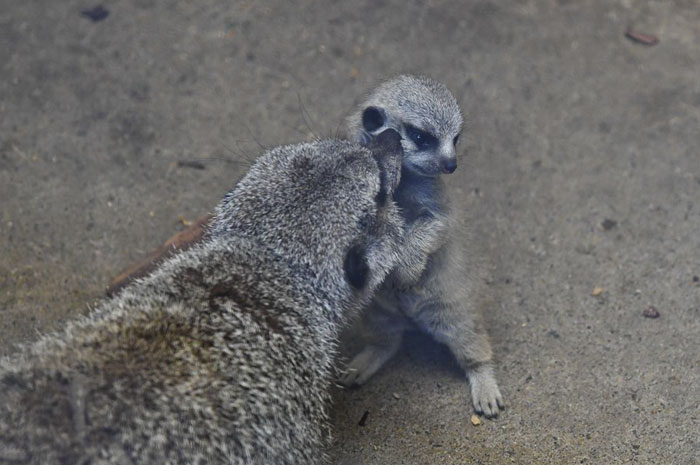

Asiatic elephants, rhesus monkeys, raccoons, fennecs, Japanese serows, Japanese martens, masked palm civets, Amur cats, raccoon dogs, Japanese squirrels, red-crowned cranes, Japanese birds, tropical birds, mandarin ducks, and swans are among the other creatures at the zoo.
